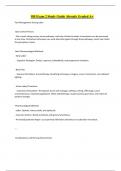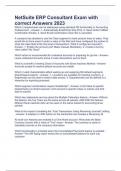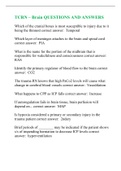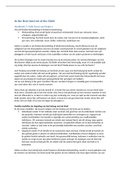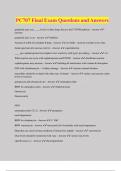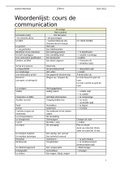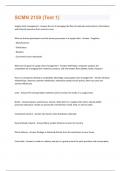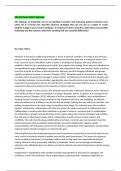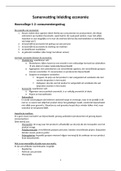Tentamen (uitwerkingen)
OB Exam 2 Study Guide Already Graded A+
- Vak
- Instelling
OB Exam 2 Study Guide Already Graded A+ Pain Management During Labor Gate Control Theory - Pain travels along sensory nerve pathways, and only a limited number of sensations can be processed at one time. Distraction techniques can send alternate signals through these pathways, which can inhib...
[Meer zien]
